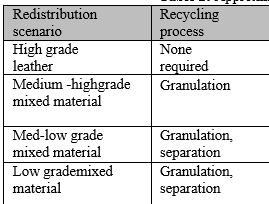Analysis of Nigerian leather industries economic sustainability using Parametric cost model approach; A case study of establishing Aba leather industry
DOI:
https://doi.org/10.54117/ijet.v1i1.14Keywords:
Leather, CAL framework, Waste, parametric cost modelAbstract
The Nigerian leather industry is a major driver of sustainable employment and Nigeria's output. The industry is a significant source of non-oil revenue for Nigeria, with a nationwide supply chain and rippling value. Nigeria's leather sector has produced N24.5 billion ($700 million) in revenue annually and has the potential to support the creation of around 700,000 direct and indirect jobs. However, one of Nigeria's leather industries in Aba, Abia State, is thriving in chaos, hampered by the government’s inability to provide the right environment. The aim of this study is to analyze Nigeria's leather industry processes, economic sustainability, and alternative advancements by developing recycling and processing strategies for the recovery of leather waste and also proposing a cost model to support economic decisions regarding the implementation of a circular approach in the leather industry. The result of the finding using the parametric cost model shows that an overall economic gain is conceivable with only 52% of the expenses incurred in the direct conversion of waste into recycled products. It can also be said that the largest category of expenditures is capital equipment for waste collection and processing, with transportation costs double that of the case study.

